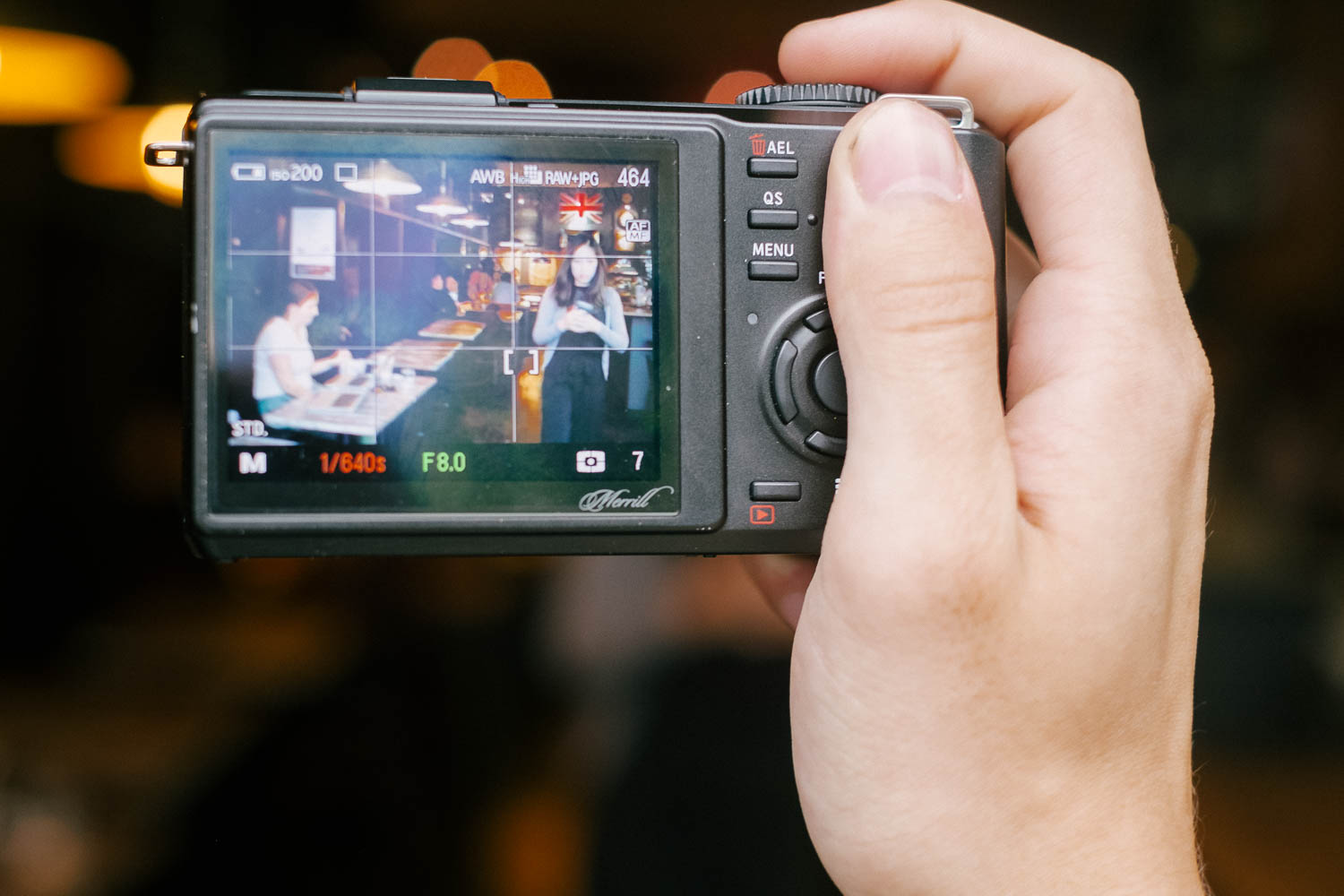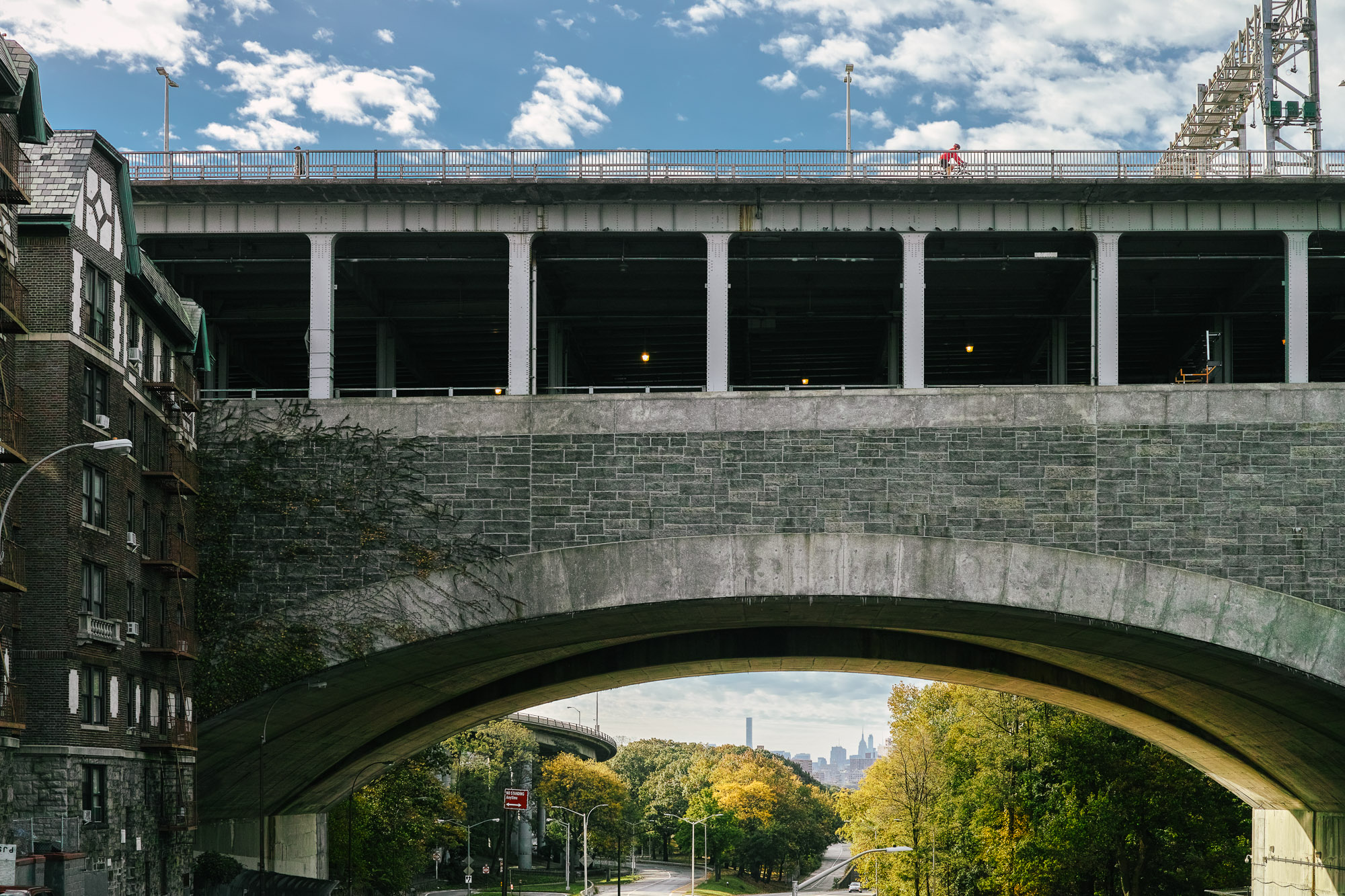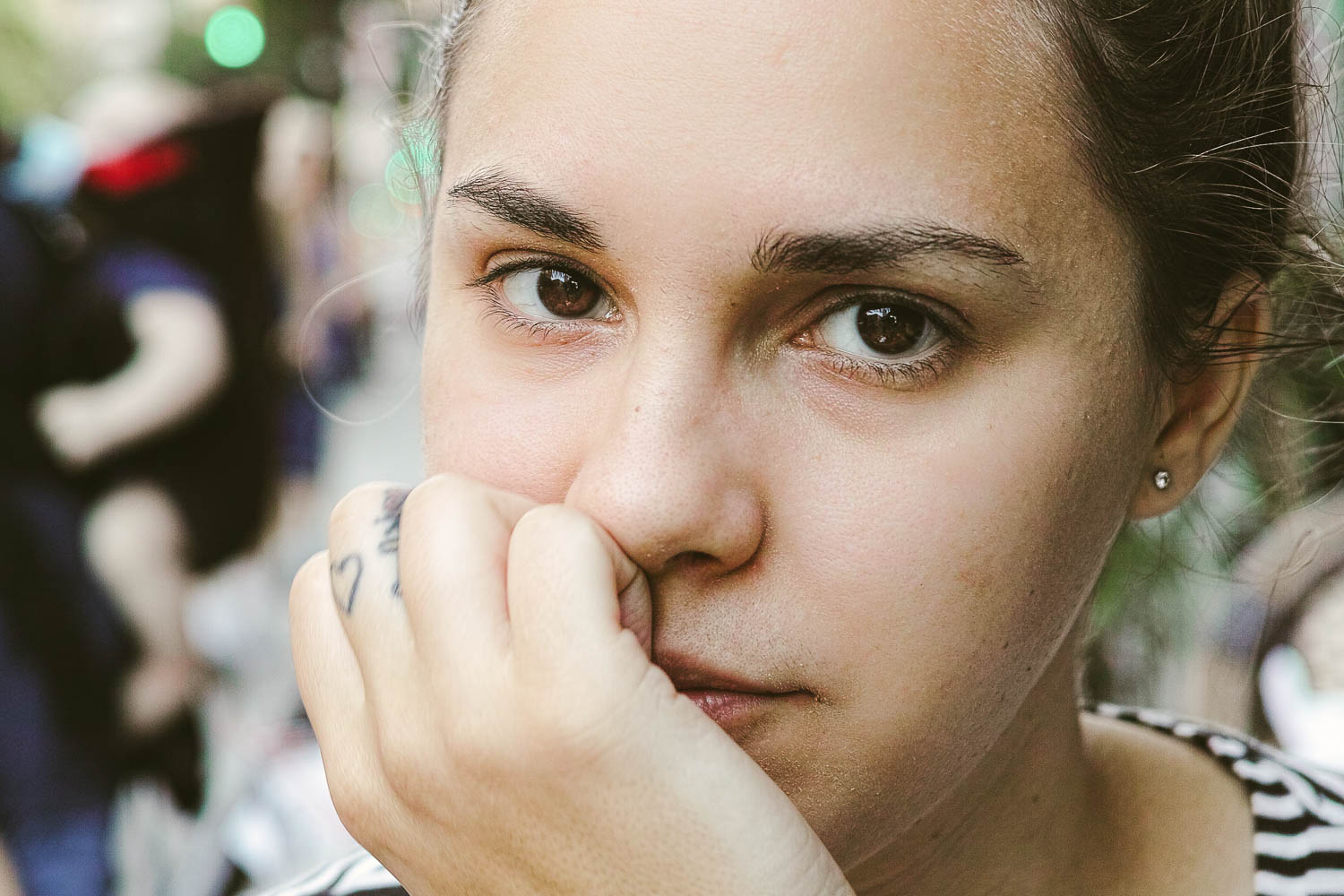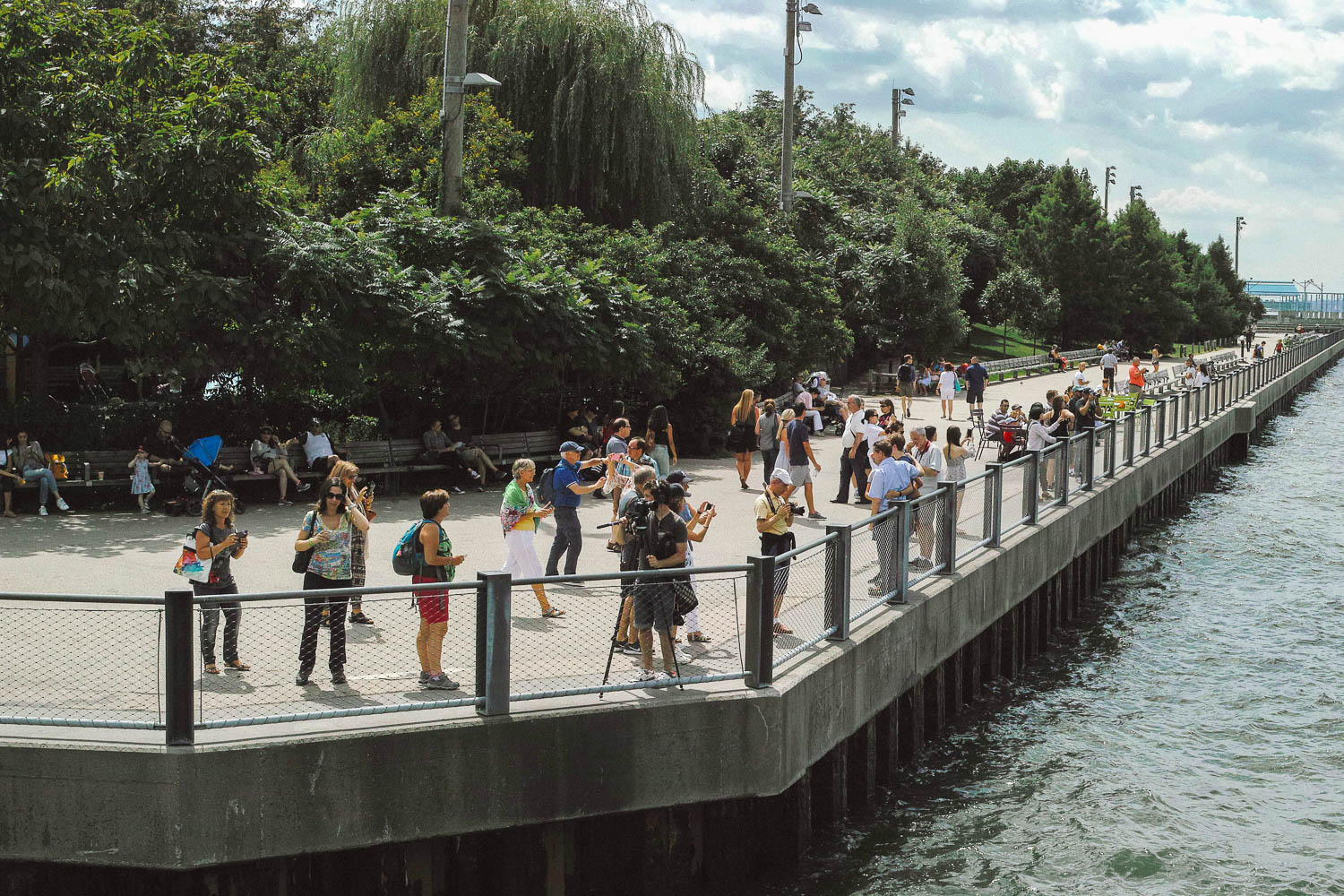Sigma DP2 Merrill Review: A Cult Classic in the Making
Can you fit a medium format camera in your pocket?
Sigma DP2 Merrill front shot. Fuji X-Pro1, Fujinon 35mm f/1.4.
Chalk it up to capitalism or technical limitations, but camera manufacturers have historically limited themselves to an Iron Triangle of Photography. Any camera developed can satisfy only two of these three qualities:
- Ergonomic/Easy to Use
- Beautiful Images
- Inexpensive
The Sigma DP2 Merrill (commonly referred to as the DP2m), Sigma’s recently discontinued point-and-shoot digital camera, makes no attempt to cheat the Iron Triangle. On the contrary, Sigma embraces it’s lack of ergonomics, dismal battery, excruciating write speed, and it’s insistence on a proprietary editing software. It’s unapologetic. It’s a royal pain in the ass. But the Sigma DP2m might be the very best camera in its class, with an image quality comparable to a $10,000 medium format.
Sigma DP2 Merrill hot shoe. Fuji X-Pro1, Fujinon 35mm f/1.4.
Technical Specs of the Sigma DP2 Merrill:
- Weight:12.5 oz (355 g)
- Size: 4.8 x 2.6 x 2.3 in.
- Sensor: Foveon X3
- Megapixels:14.8
- Image File Format: JPEG, 12-bit RAW (.X3F), RAW+JPEG
- Lens: Sigma 45mm f/2.8-f/16
- Minimum focusing distance:11 inches
- Auto Focus: Yes: Contrast detection; 9 points select mode
- Manual Focus: Yes
- LCD Display Size: 3 inches
- ISO Range: 100-6400
- Shutter Speed Range: 30 - 1/2000
- Storage: 1 SD Card slot
- Video capable: Yes, 640x480 .AVI (but you're better off using your iPhone)
- Battery Life: 97 shots
Sigma DP2 Merrill Review:
I won't bury the lede: the Sigma DP2 Merrill is absolutely brilliant. For all its shortcomings (and there are many), the image quality, color rendering, and “feel” of the images produced is unlike anything I’ve ever shot with.
Sigma DP2 Merrill USB/AV port. Fuji X-Pro1, Fujinon 35mm f/1.4.
The photos that come out of this bizarre little point and shoot can only be described as “painterly”. The color rendering is true to life yet devoid of the typical digital sterility, and forget the underwhelming megapixels: you’d need files three times the size to get even an illusion of the detail and micro-contrast the DP2m outputs.*
So what makes the Sigma DP2 Merrill so special?
Sigma DP2 Merrill LCD screen. Fuji X-Pro1, Fujinon 35mm f/1.4.
The Foveon Sensor and Sigma Glass:
Sigma has pioneered the technology of the Foveon sensor – an entirely new way of resolving images. Think of it this way: a typical Bayer sensor (that's the guts of your Canon or Nikon camera) is made up of one pixel array with red-, blue-, and green-sensitive pixels adjacent to each other. When light hits the sensor to create a photograph, the Bayer sensor does its best to approximate the true color of the light by interpolating the data between the adjacent RGB pixels in a process called 'demosaicing'. Meanwhile, the Foveon sensor actually separates the red, blue, and green pixel arrays in to three separate layers, affording a much more crisp and true-to-life color rendering. This webpage is a fantastic resource to learn more about the difference between Bayer and Foveon sensors.
The tack-sharp 30mm 2.8 Sigma lens (that’s a 45mm equivalent) pushed right up against the Foveon sensor gives you a comfortable ‘human eye’ field of view, versatile enough for both landscape shots and portraits with minimal distortion. I’ll let the DP2m’s images speak for themselves:
George Washington Bridge overpass in Washington Heights, Manhattan. Sigma DP2 Merrill, 1/800 @ f/4 ISO 100
A house in Chelsea in Manhattan. Sigma DP2 Merrill, 1/80 @ f/3.5 ISO 200
Alisa on the Upper East Side, Manhattan. Sigma DP2 Merrill, 1/60 @ f/2.8 200 ISO
An alleyway along the High Line in Manhattan. Sigma DP2 Merrill, 1/80 @ f/3.5 ISO 200
How to shoot with the Sigma DP2 Merrill:
This camera shines in bright natural light. Medium light situations like dawn and dusk begin to push the DP2m's limitations. Anything dimmer – including indoor lighting, fluorescents, or street lights – sap away the magic of Foveon's color rendering and may result in a muddy, green-tinted image. Push the ISO up to 800 and you're better off using anything else in your arsenal.
You can get serviceable B&W images with an ISO up to 1600, but that's simply not the use case this camera was designed for.
The 2 Train in Manhattan. Sigma DP2 Merrill, 1/60 f/2.8 ISO 200
A woman waiting for the train in Times Square. Sigma DP2 Merrill, 1/60 f/2.8 ISO 200
The Form Factor and Ergonomics of the Sigma DP2 Merrill:
The design of the camera feels very late-2000s – bricky, minimal, with a matte black body. That lack of coolness extends to the shooting experience: without any sort of viewfinder (let alone an EVF), you’ll look like a soccer mom when framing up your shot. Squinting at the LCD screen isn’t an ideal experience in bright daylight, and it makes discreet snaps or street photography a real pain.
DUMBO ferry pier. Sigma DP2 Merrill, 1/640 f/8 ISO 200
Christopher Street Pier Manhattan. Sigma DP2 Merrill, 1/1000 f/2.8 ISO 200
The battery life is absolutely dreadful. Keeping the large LCD screen powered up and resolving your images with the Foveon sensor takes a lot of juice, so don’t expect more than 60 frames per charge.
With only 9 focus points, all weighted towards the middle, you’ll likely have to focus and recompose quite a bit. Wide open at 2.8, your DOF will often be thinner than you’d expect, so it’s worth a quick switch in to manual focus mode to nail your shot.
A halal street cart in Harlem. Sigma DP2 Merrill, 1/100 f/2.8 ISO 200
Christopher Street Pier Manhattan. Sigma DP2 Merrill, 1/1000 f/2.8 ISO 200
The abysmal write speed can take up up to 10 seconds even on the fastest SD cards, preventing you from playing back your photos until it's done writing (a small red light will flicker to let you know when your camera is busy). Luckily, you can still shoot to your hearts content while the camera is writing your photos.
Limitations in the field can be dealt with, but the worst is yet to come.
Sigma Photo Pro and Processing Sigma Raw Files:
Sigma's raw files are output as .X3F, a bizarre filetype only readable by their (free) proprietary image management software, Sigma Photo Pro. It's slow and it's unintuitive. My workflow looks something like this:
- Import in to Sigma Photo Pro
- Make global adjustments to the individual raw files
- Individually export the raw files as jpgs or tiffs
- Import the jpgs in to Lightroom
- Make advanced or local color adjustments
- Export for final delivery
But it’s not all bad news on the technical side. The autofocus is zippy, even in low light (but should you really be using this camera in low light?). Die-hard chimpers will be happy to know that each shot is displayed for half a second after taking it, allowing you to check your exposure before taking any more frames. The aperture/shutter speed/ISO controls and system menus are intuitive and accessible.
Flowers in the Financial District of Manhattan. Sigma DP2 Merrill, 1/800 @ f/2.8 ISO 250
Along the Hudson River in Manhattan. Sigma DP2 Merrill, 1/400 @ f/8 ISO 200
Should you buy a Sigma DP2 Merrill?
The short answer? Yes. Prices are gradually rising, so do yourself a favor and find one of these point and shoots on Amazon before the world catches on. It'll run you about $500.
The Sigma DP2m is not for the casual photographer. At a birthday party or sports game, you'll be frustrated by the slowness and lack of stamina. The Sigma DP2m is not for the pixel peepers. Pit this camera against anything in a comparison matrix or benchmark test and it’s sure to fall behind. On paper, nothing about this camera really sells it.
However, I’ve been shooting for five years with an array of different gear – Canon, Nikon, Fuji, Pentax, and beyond – and I’ve never felt as immediately inspired as I have with this camera. The Foveon sensor and the Sigma lens are a legendary pair. It's the first camera that not only captures the image I see with my naked eye, but improves upon it.
A woman walking her dogs along the Hudson in Harlem. Sigma DP2 Merrill, 1/80 @ f/2.8 ISO 250
Watching the solar eclipse in Midtown Manhattan. Sigma DP2 Merrill, f/8 @ 1/640, ISO 200
This camera will undoubtedly become a cult classic. Sigma ceased production of these cameras this year, and due to technological advancements, the Sigma DP2 Quattro successors don't have precisely the same guts, with many arguing that the dreamy feel of the DP2m images has been lost.
(Product shots taken with a Fuji X-pro1 with a Fujinon 35mm 1.4)
*Upscaling Sigma DP2 Merrill images for large prints might prove problematic. This is another valid limitation to consider when looking at this camera.























